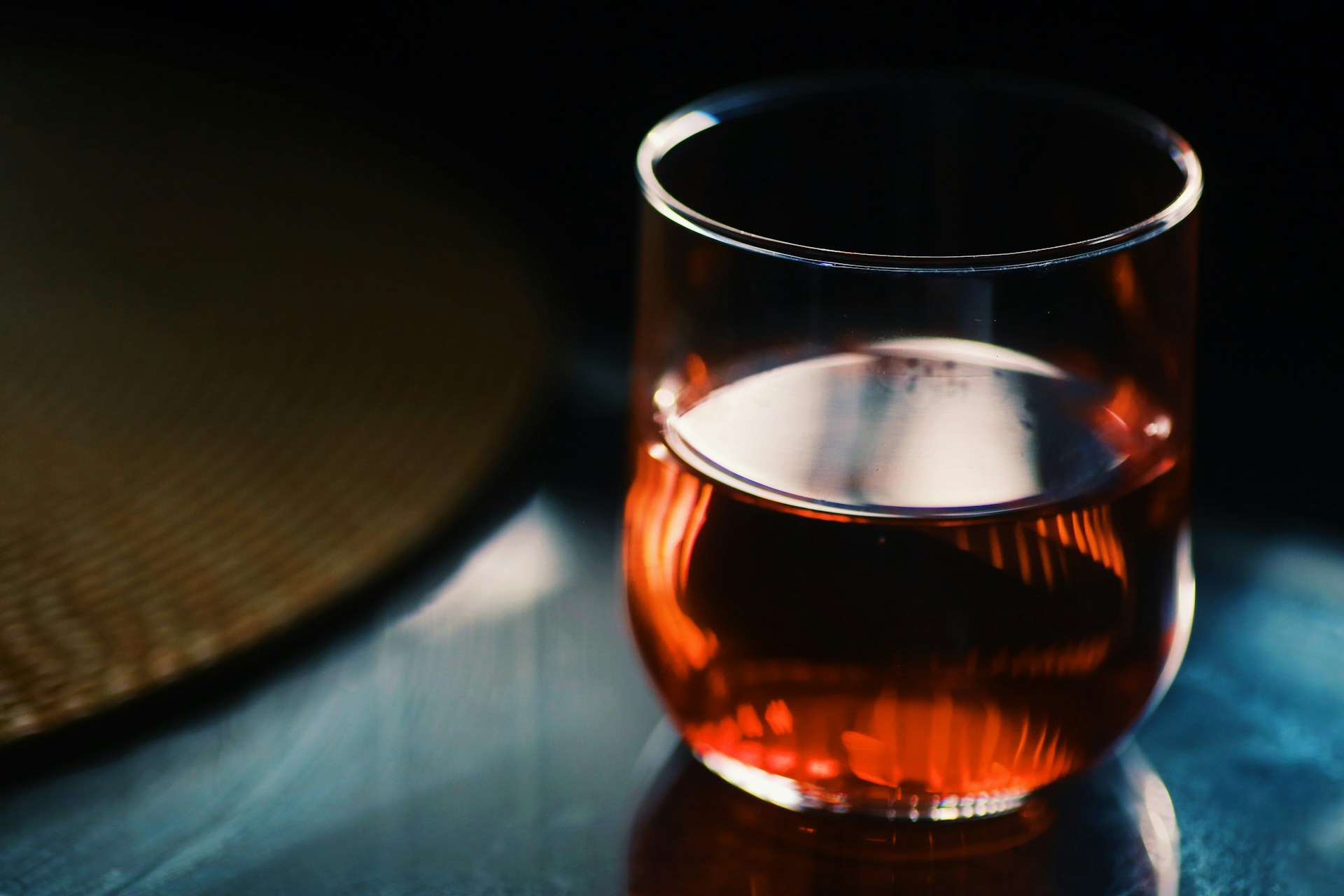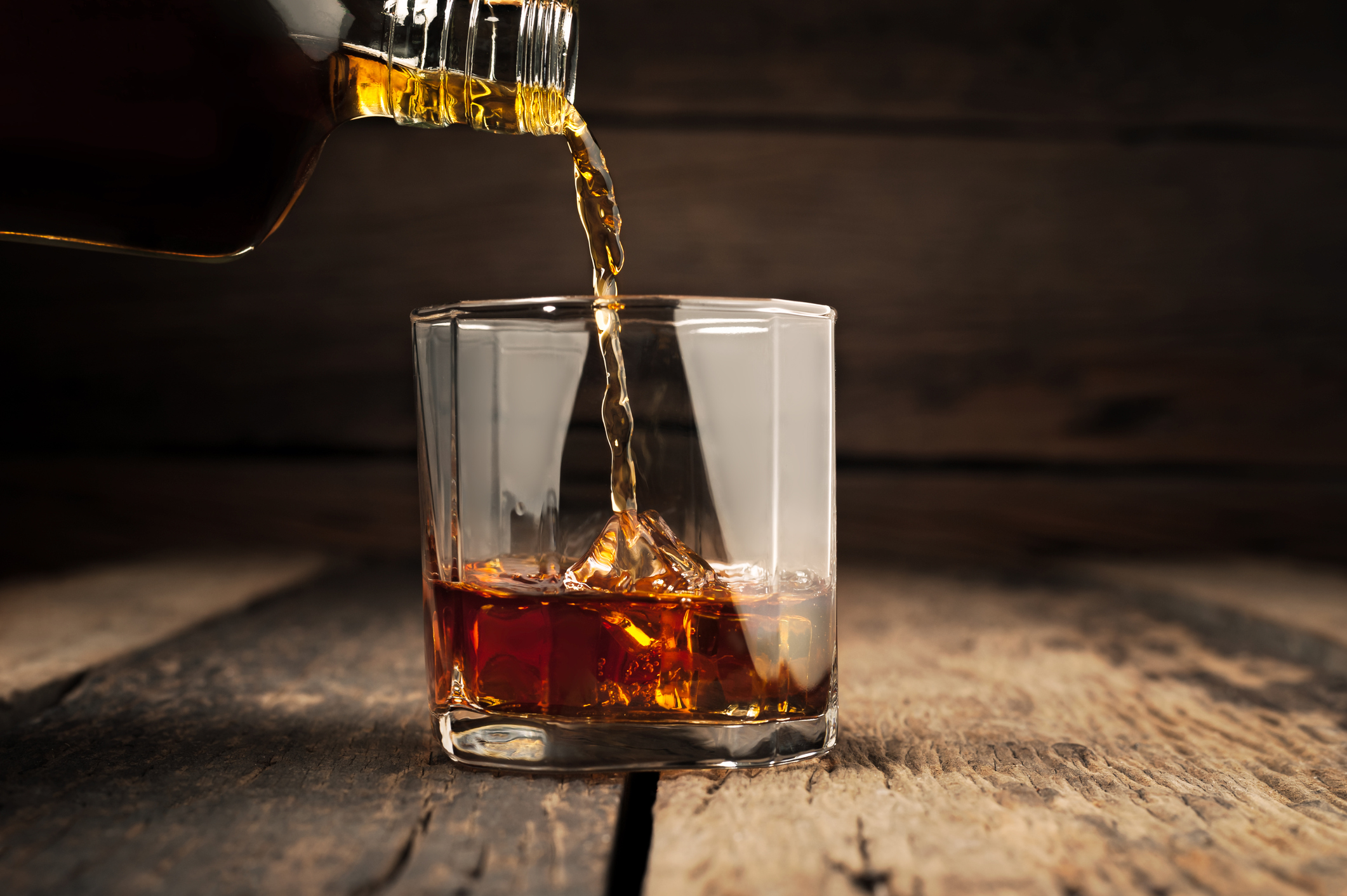
We aren’t in the business of telling you how to enjoy your whiskey. Whether you like it mixed into a classic cocktail, neat, on the rocks, imbibed out of a ram’s horn, or even an old shoe you found by the railyard (although we’d probably advise against that if possible), we don’t care. That’s your prerogative. But, depending on the whiskey, there are a few ways to heighten the experience.
One of the best ways to heighten your whiskey-tasting experience is to add water. And no, we aren’t talking about a cup of water; we’re talking about a few splashes. Why should you do this? Keep reading, and you’ll never look at whiskey and water the same way again.
The whiskey-tasting experience

If you’re getting the most out of your favorite bourbon, rye whiskey, single malt Scotch whisky, or other type of whisk(e)y, you’re likely not going to just drink it quickly in a shot form. That act is designed for cheap whiskeys you don’t want to taste.
You’re going to want to nose it gently to find the nuanced, complex aromas. Then, you’ll want to taste it to unlock the caramel, orange peels, wintry spices, vanilla, candied almonds, and any other flavors the palate is waiting to unleash. Depending on the alcohol content, you’re going to want to repeat both steps after you add a few splashes of water.
Adding water

If you didn’t already know, your favorite 80-proof whiskey had water added to it to “proof it down” after the distillation process. But not all whiskey is proofed down to 40% alcohol by volume. Bottled-in-Bond whiskeys are robust 100-proof, and cask-strength whiskeys might be 120-proof and above.
Whiskey is made up of different molecules. When you add water, you change the whiskey at a molecular level, thereby changing the flavors. If a whiskey is very high-proof, some of its flavors might be masked by the heat and potentially harsh flavors of the high alcohol content. Adding water opens up both aroma and flavor and leaves you with a more nuanced, complex flavor palate.
How much water is too much?

Never pour a glass of whiskey and then add water right away. Go through the nosing and tasting steps first before adding a few drops or dashes of water. That way, you’ll know which flavors and aromas you didn’t pick up the first time. Also, don’t pour a half cup of spring water into your favorite cask-strength bourbon unless you want it to taste like whiskey-flavored water.
The key is to add a dash or two until you no longer notice a harsh alcohol burn. This means you’ve unlocked the previously masked aromas and flavors. Give it some time to open up, and don’t add more water right away. You wouldn’t want to dilute it too much.
Wait a few minutes before sipping

They say that good things come to those who wait. Once you have added a few dashes of water to your favorite high-proof whiskey, don’t grab the rocks or Glencairn glass right away and take a swig or two. If you do that, it probably won’t taste dramatically different than it did before you added water. Wait a few minutes to let the water do its molecular work. Five to ten minutes is the perfect amount of time to open up all the hidden aromas and flavors.
What water should you add?

While nobody is going to tell you not to add tap water to open up your favorite high-proof, bottled-in-bond, or barrel-strength whiskey, you might notice subtle flavors (or not realize they are there) that you don’t want in your whiskey. The same goes for mineral water. You wouldn’t want to add a minerality and other unnecessary flavors to your whiskey for no reason. The best choices are filtered water or natural spring water. These two types of water will dilute and heighten the blocked flavors without adding any more aromas or flavors.
Bottom line

Adding water to whiskey is all about experimenting. It might not be exactly the way you want it the first time. Add a few drops and taste it. If you don’t think it’s perfect, repeat it until it is. Once you find the perfect water-to-whiskey ratio of your favorite whiskey, remember it for the next time.
Do the same thing the next time you crack open another barrel-proof, cask-strength, or bottle-in-bond whiskey. Trust us: adding a few drops or splashes of water will completely change your whiskey-nosing and tasting experience for the better.



